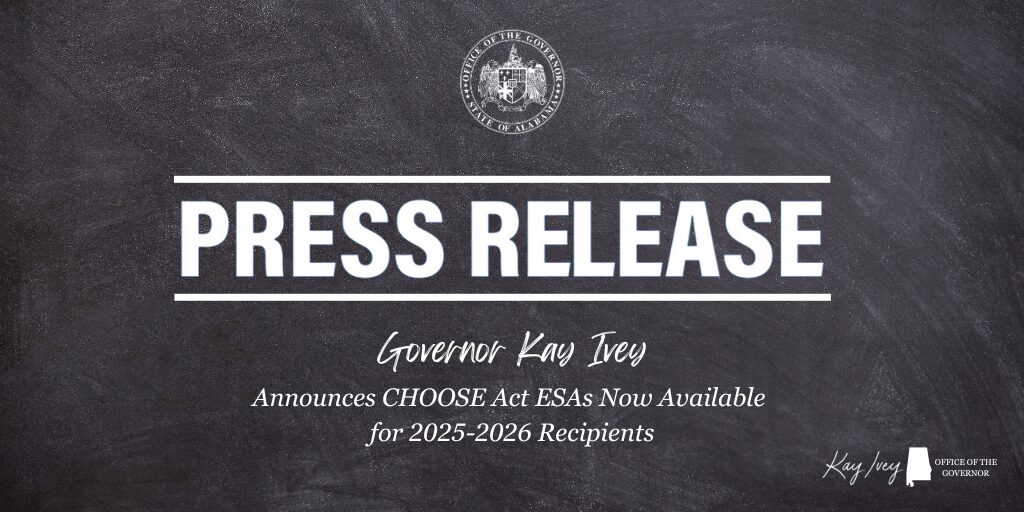
(NEW YORK) — Higher ocean temperatures are expected to be detected in the Pacific Ocean by 2030, several decades earlier than previously predicted, new research suggests.
Natural climate variability in the Pacific is largely governed by El Nino–Southern Oscillation (ENSO), which involves the warm phase, El Nino, when surface water becomes warmer than average and east winds blow weaker than normal, and La Nina, when the water is cooler than normal and the east winds are stronger.
Some of the most extreme weather events around the world in recent years, such as the droughts in the U.S. and Australia and heat waves around the world, have been spurred by ENSO events, Wenju Cai, one of the study’s authors and director of the Center for Southern Hemisphere Oceans Research at Australia’s Scientific and Industrial Research Organization, told ABC News.
Previously, research suggested climate change was increasing the variability of ENSO events, but it was predicted that the change wouldn’t be detectable until the at least 2070, Cai said.
For this study, the researchers gathered 70 years of ENSO data — from 1950 onwards — and used some of the newest climate models to estimate when increased ENSO variability will be detectable in the eastern or central Pacific.
They found that climate change-associated temperature increases will likely be detectable around 2030 in the eastern Pacific, four decades earlier than previously expected. The warming is also expected to occur earlier in the eastern than in the central Pacific, driven by the faster warming of this region and therefore a larger increase in rainfall.
“In about 10 years time, we will be able to tell that global warming has changed El Nino,” Cai said.
The increased variability in ENSO events will also make extreme weather events, such as droughts, fires and floods, around the world more severe, Cai said, adding that even if the planet were able to stay below 1.5 degrees Celsius of warming, it would not stop the change in El Nino events predicted in the next several years.
It would take at least a century to make any significant reductions in changes of variability in ENSO events, Cai said.
“In the next 100 years, if we take action, we can reduce the increase by about 10% from the business-as-usual scenario,” he said. “But we cannot stop it completely.”
Copyright © 2022, ABC Audio. All rights reserved.




